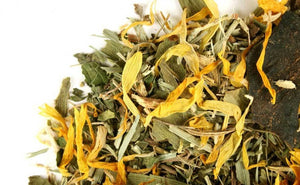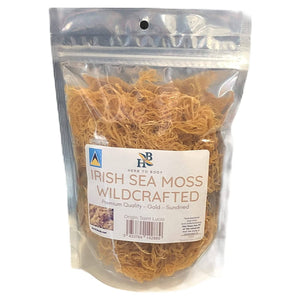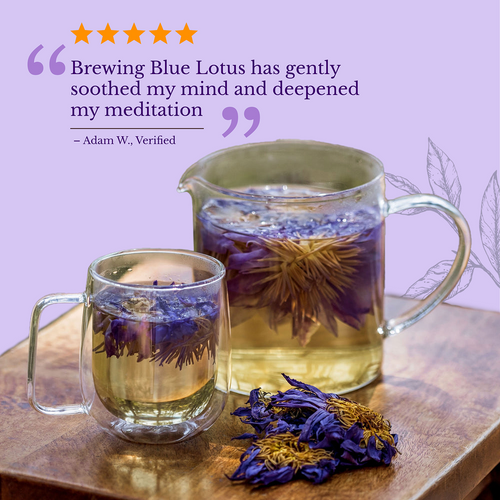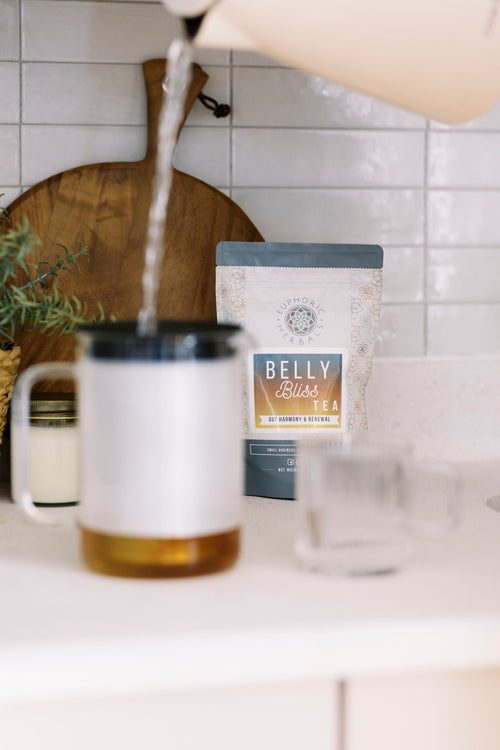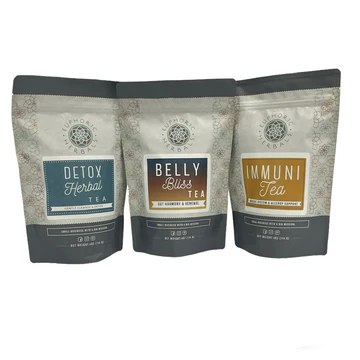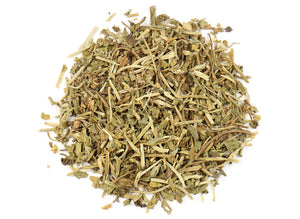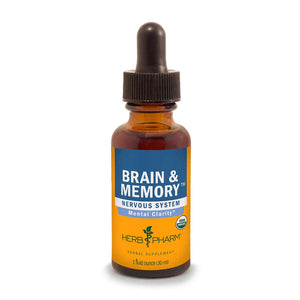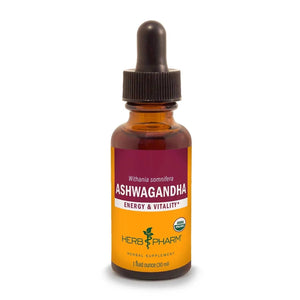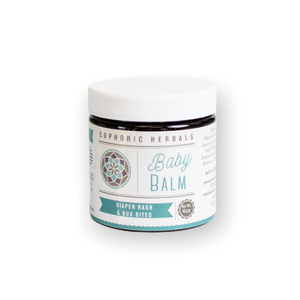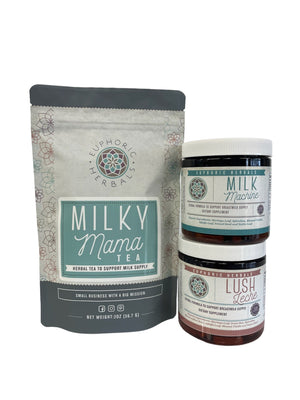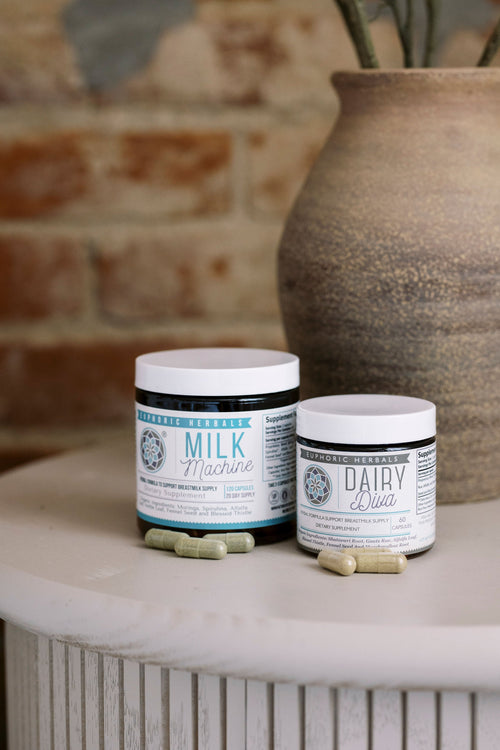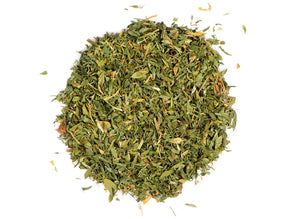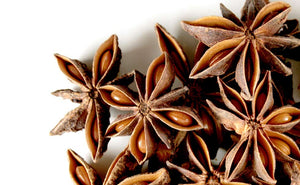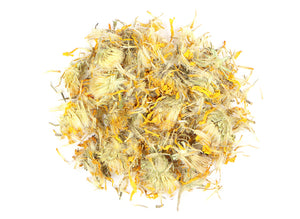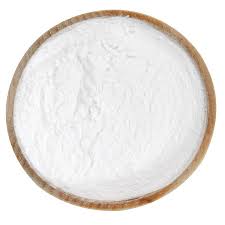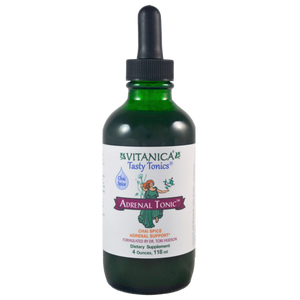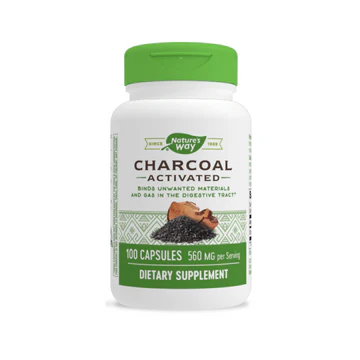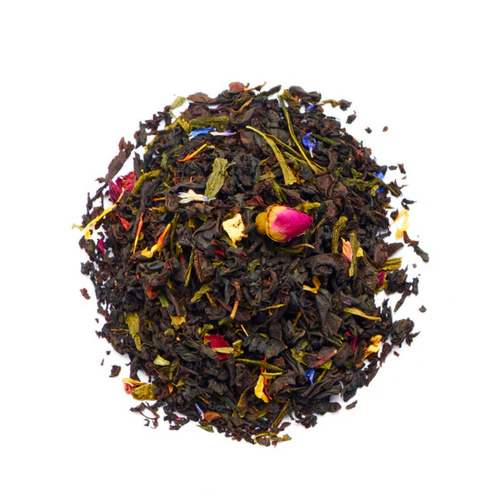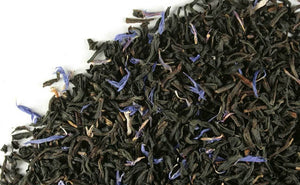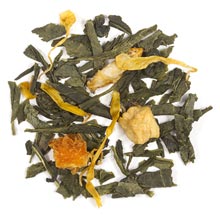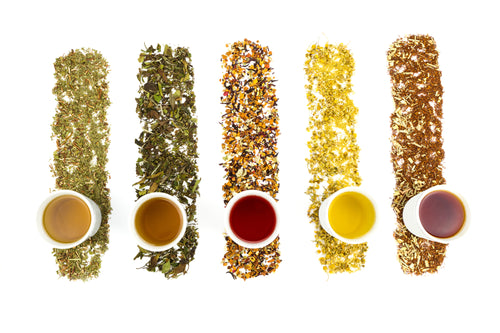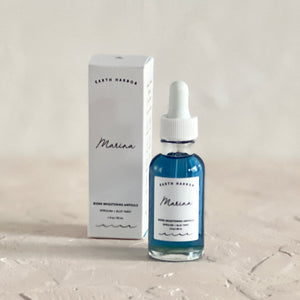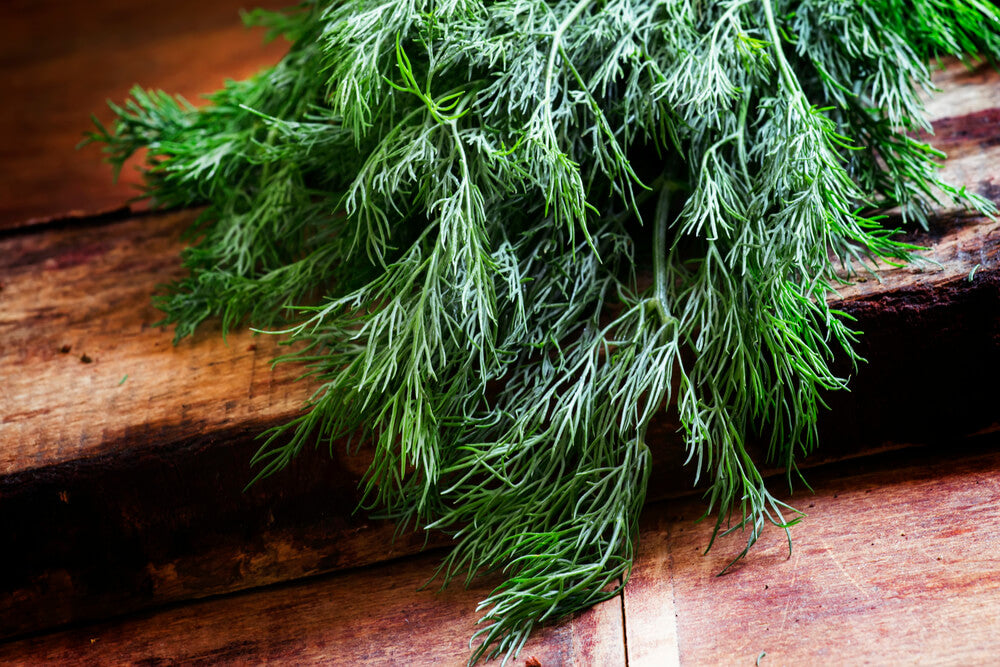Dill weed is a commonly used culinary herb and famous for flavoring dill pickles. However, it often gets overlooked in the medicinal herb garden, and not many herbal books even list it.
Despite this, dill has many great characteristics. It’s very easy to grow, which makes it an excellent fresh herb that even beginner gardeners can plant, and it’s very well tolerated by people of all ages.
Here’s more about the hidden benefits of dill weed and how you can use it for digestion, muscle cramps, and more.
What is Dill Weed?
Like so many other beneficial herbs, dill (Anethum graveolens) has been given the undistinguished designation of “weed”. It hails from Eurasia and the Mediterranean and is a biennial plant in the carrot family that is usually grown in the garden as an annual.
If you want to grow dill in your garden, give it well-drained soil and lots of sunshine and warmth. To keep it from becoming weedy, you can plant your dill in pots, but it isn’t an invasive spreader like mint.
However, plants will drop seeds that may sprout the next year, so stay on top of the seedlings to keep your dill patch from getting out of control.
When happy, dill will grow up to four feet tall and put out lots of attractive, feathery foliage in a bright green to blue-green color. These leaves can be harvested constantly during the growing season for use in food or remedies, but there’s also another valuable part of the plant: the seeds.
Dill seeds can be collected after the plants have flowered and the seed head has dried. They have a bright, slightly caraway-like flavor and can be used in much the same way as fennel seeds.
Nutritionally, fresh dill provides you with small amounts of vitamin C, vitamin A, manganese, folate, and iron and is packed full of antioxidants. (1)
Top Benefits of Dill Weed
Good for Digestion + Colic Remedy

Dill weed has been used as a digestive aid for hundreds of years. Both the leaves and the seeds can be used as a digestive tonic, but the seeds are generally regarded as the more powerful of the two.
Dill seeds have warming properties that soothe indigestion, help to relieve gas, and combat sluggishness in the digestive tract. A tea made from the leaves or the seeds is also an old remedy for colic.
To get digestive relief after a meal— or any time of day— you can simply chew on some seeds or make a decoction out of them. (Learn how to make a decoction here.)
Another way to use dill for digestive discomfort is as an essential oil. The oil can be diluted and rubbed over your stomach, and the scent can even help with nausea. It can also be combined with other essential oils, like in this Tummy All Better Blend.
Relief for Muscle Cramps
Another use for dill throughout the years has been to relieve muscle cramps and pain. It contains plant compounds that have natural anti-inflammatory properties and help to relax tense muscles.
Dill has most often been used for menstrual cramps, usually as a tea. However, it can also be used externally by diluting the essential oil in a carrier oil and massaging it into any muscle group that needs relief.
May Boost Immunity
Fresh dill contains nutrients, particularly vitamin C and antioxidants, that may offer support to your immune system. Of course, you'd need to consume a larger amount of dill than just a sprinkle on food to get enough of these nutrients to really boost immunity.
There are also further potential benefits of dill weed for immunity because it has antimicrobial properties. The essential oil is the most potent form for fighting pathogens and has shown an ability to inhibit or kill multiple strains of bacteria and fungi. (2)(3)
For a boost during cold and flu season, try using dill in this Immune Boom essential oil blend.
Breath Freshener

Freshening your breath can be as easy as chewing on a few dill seeds after a meal. Not only will this help your breath to smell better (and more aromatic), it will also help to calm and support your digestion.
As a bonus, the antimicrobial properties of dill may help to keep your mouth healthy.
Traditional Lactation Aid
Another traditional use for dill was to help increase breastmilk supply for nursing women. This makes it an herbal galactagogue, which means a natural substance that increases milk production. (There are also non-herbal galactagogues, including medications.)
For this purpose, the seeds are the part of the plant to use, usually in tea form. They contain nutrients that support the breastfeeding body and also plant compounds that have shown a measurable effect on breastmilk production. (4)
Aphrodisiac & Mood Enhancer
Dill is probably not the first plant that comes to mind if you want to enhance sexual desire or function, but it has been used as an aphrodisiac for thousands of years— possibly since the ancient Egyptian empire. Using it can be as simple as diffusing the aromatic essential oil or taking the extract.
In addition to being a surprising aphrodisiac, there are also benefits of dill weed for your mood. It has a soothing, uplifting effect in general and may even have antidepressant qualities. (5)
Supports Butterflies
Clearly, this isn't exactly a health benefit, but it is an important aspect of dill to mention, since we often forget that herbs are about more than just human wellness.
In the garden, dill is a big attraction for swallowtail butterflies. They lay their eggs on the plants, and the eggs eventually hatch into green caterpillars with black stripes and yellow spots. These caterpillars, of course, will turn into butterflies someday.
If you are growing dill and see these caterpillars, don't get rid of them! They rely on carrot family plants (including dill, parsley, and fennel) to survive. Just plant enough herbs for sharing.
How to Use Dill

One of the easiest ways to use dill is to simply sprinkle it on your food regularly. However, if you want to use it therapeutically, you'll need to make a more concentrated preparation to get the full effect.
The best way to do this is usually by making a tea or decoction. The leaves are best used in tea form (also called an infusion) by steeping them in hot water for a least 10-15 minutes or as long as overnight. The seeds are usually simmered in water for 15-20 minutes to make a stronger decoction.
To use dill externally, look for the essential oil and dilute it before applying to your skin.
Precautions
There aren't really any precautions for dill, and it can be taken in food-like quantities by most people. However, there's always the chance of an allergy, particularly for those allergic to plants in the carrot family.
Consult an herbalist about use during pregnancy.
Dill: An Overlooked Herb
Easy to grow and containing lots of health benefits, it's hard to understand why dill weed has been so overlooked from an herbal medicine standpoint. But just because others aren't using it doesn't mean you can't!
Try looking at dill as more than just a culinary herb, and you might discover a very inexpensive remedy for indigestion and much more.
Disclaimer: This post is for informational purposes only. It does not constitute medical advice and should not be substituted for medical advice. Please consult your health care provider, herbalist, midwife, or naturopathic physician before taking herbs, supplements, etc. Here's the link to our full disclaimer.






